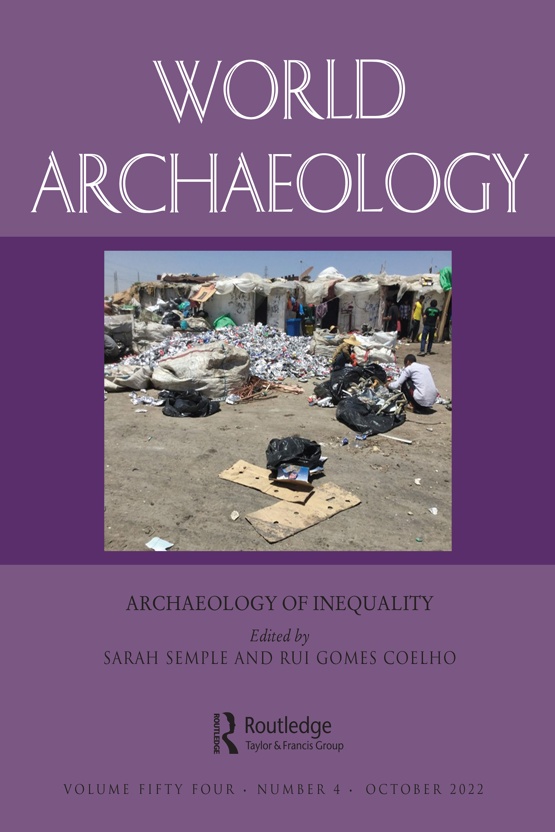Submit a Manuscript to the Journal
World Archaeology
For a Special Issue on
Craft Interconnections
Abstract deadline
29 February 2024
Manuscript deadline
31 July 2024

Special Issue Editor(s)
Chloe Duckworth,
School of History, Classics and Archaeology, Newcastle University, UK
[email protected]
Hallie Meredith,
Fine Arts, Washington State University
[email protected]
Craft Interconnections
Today we generally think of an ancient craft specialist as a practitioner who regularly worked in a single medium and repeatedly performed a particular kind of task, such as a carpenter, glassblower, ivory carver, potter or stonemason. Increasingly, however, it seems that such a narrow view of ancient production is in many instances more reflective of the subdivision of contemporary archaeological practice, and/or a skewed historical weighting to particular pre-industrial societies, than it is of ancient experience, skills, or knowledge.
This issue upturns the idea of the reductive “specialist” craftworker and instead expands what we mean beyond a single material, to encompass productive inter-industry relations, often referred to as coproduction, cross-craft, or multicraft. There is great potential for questions prompted by ‘doing’, to expand archaeological approaches to the chaîne opératoire beyond the linear sourcing of materials to finished object. For example, expanding production sequences to account for experimentation, discard, and unfinished material offers insights into how manufacturing was approached, with implications that networks of ancient producers were not necessarily restricted to working in a particular or even a single material, and that material categories in any case may have been organised along different axes.
Moreover, archaeological studies have not satisfactorily integrated insights gained from embodied learning, experimental archaeology, modern practitioners, and sustainability studies, which remain at the margins of interpretative frameworks by comparison with traditional approaches to the study of archaeological finds. Experimental data concerning the spatial dynamics implied by tools or materials, recycling of mutable materials, and possible parallels with the contemporary practice of traditional crafts are among the most promising avenues of exploration, but there remains vast untapped potential for researchers in these fields to escape their material and period silos, and tap into one another’s knowledge. For example, to what extent was craft practice in a given context shaped by the use of shared fuels, infrastructures and raw materials? Was the responsibility for controlling an aspect of production – such as fire in pyrotechnologies – ever seen as a specialism? Can we identify specialisms (such as engraving) that are more likely to have transcended the boundaries of production tradition, and what role did this play in the transfer of knowledge and skills?
We invite contributions that address ancient productive relationships in craftwork, reconsidering specialisation in their potential for transcending or disrupting either archaeologically-imposed divisions, or real past divisions in craft production. Papers considering any of the following are particularly welcome: embodied learning, experimental archaeology, modern practices, sustainability studies, disability and bodily difference in craftworking, apprenticeships, play and the involvement of children. Ethnographic, anthropological, bioarchaeological and historical evidence are welcomed in discussions of the scope and timing of apprenticeships, and the impacts of craft production generally on human health. We aim to highlight and interconnect making and historical enquiry, not as separate approaches but, as a dynamic, multi-stranded and better-integrated pathway for future research.
Please approach the editors in the first instance by email with expressions of interest and short abstracts.
Looking to Publish your Research?
Find out how to publish your research open access with Taylor & Francis Group.
Choose open accessSubmission Instructions
Please approach the editors in the first instance by email with expressions of interest and short abstracts by the 29th February 2024.